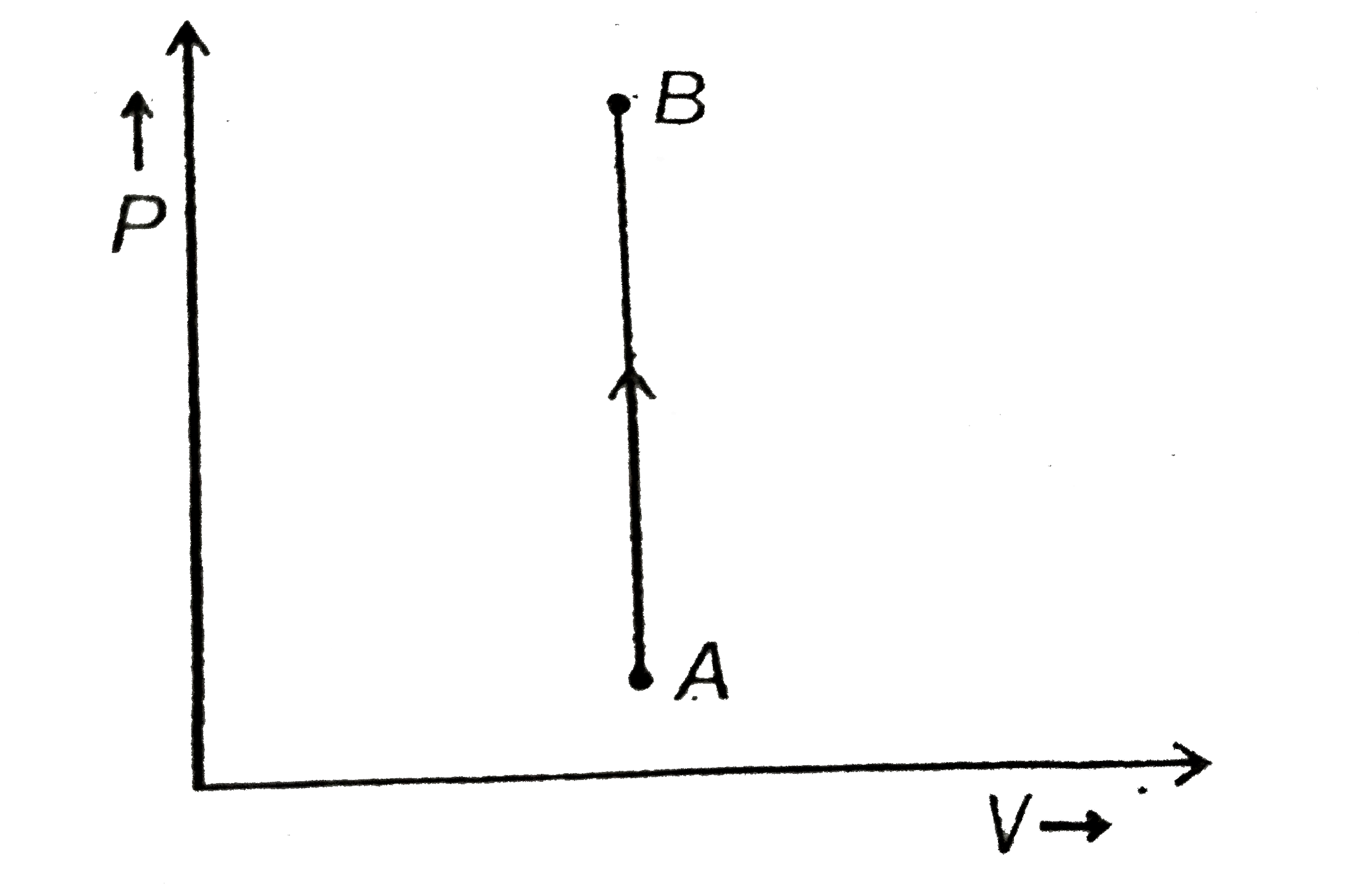Which of the following I-V graph represents ohmic conductors?

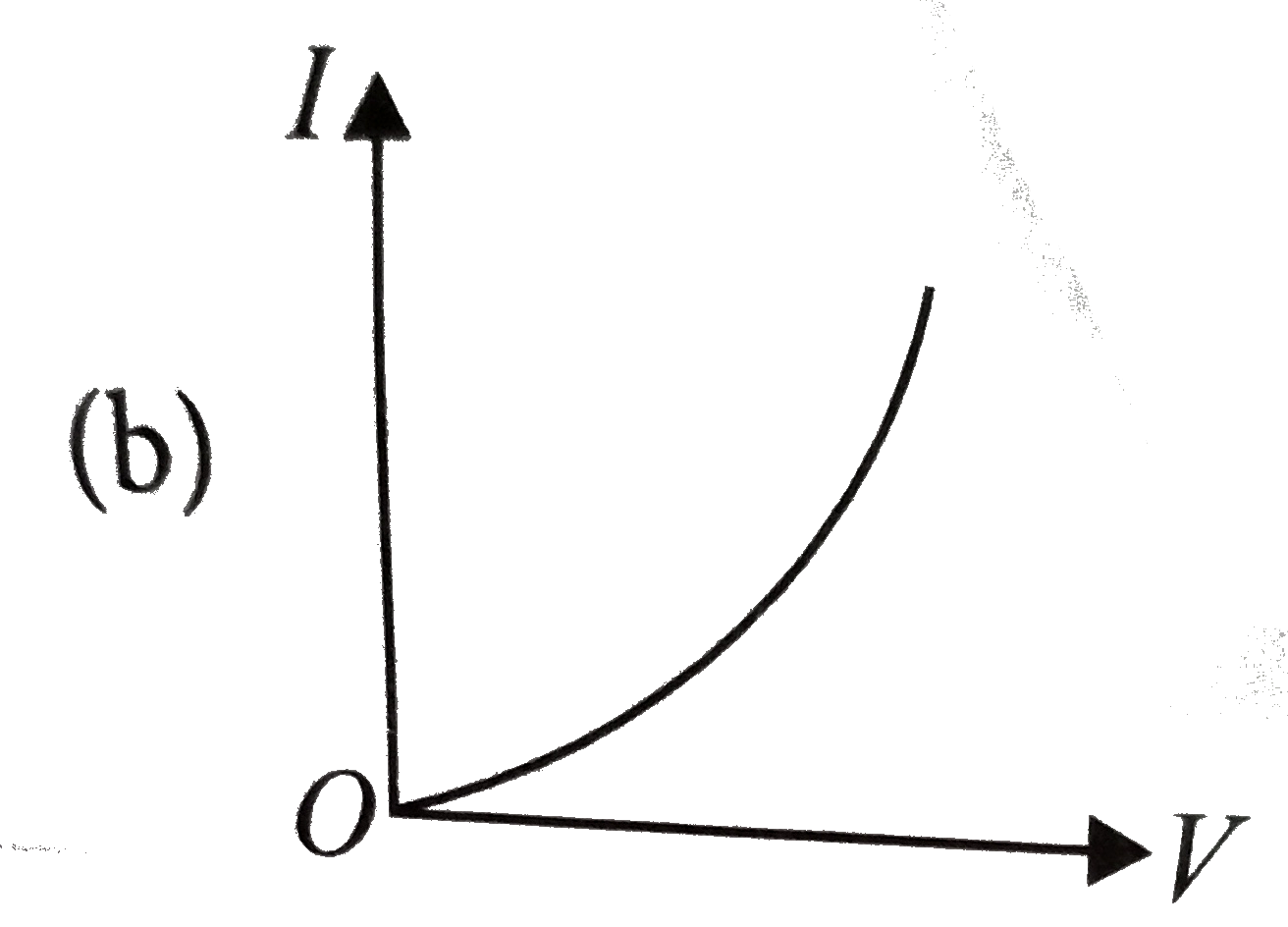
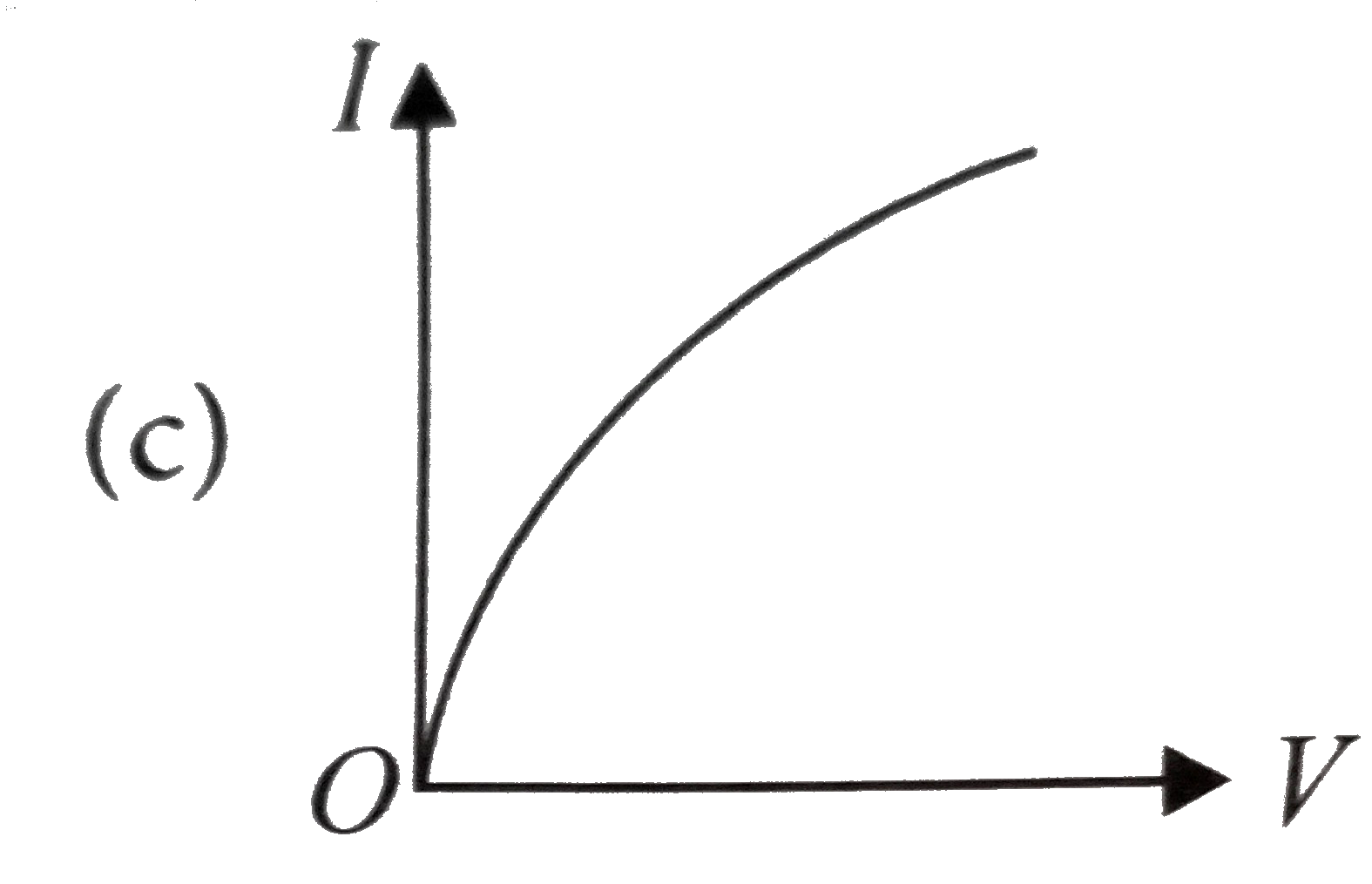
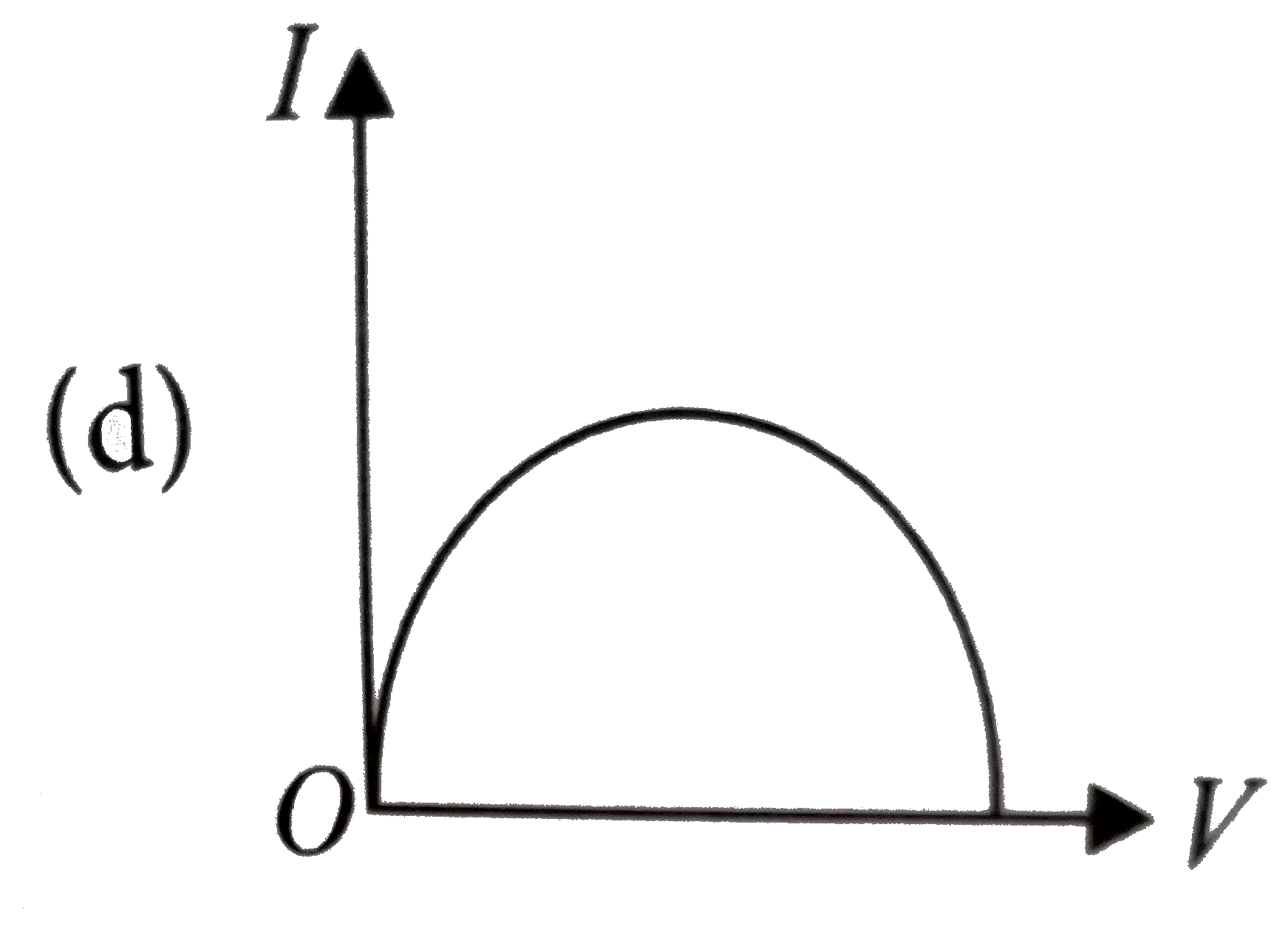
The correct Answer is:A
To determine which I-V graph represents ohmic conductors, we will follow these steps:
Step 1: Understand Ohm's Law
Ohm's Law states that the current (I) through a conductor between two points is directly proportional to the voltage (V) across the two points. This relationship can be expressed mathematically as:
V=IR
where R is the resistance.
Step 2: Rearrange the Equation
From Ohm's Law, we can rearrange the equation to express current in terms of voltage:
I=VR
This shows that current (I) is directly proportional to voltage (V) for a constant resistance (R).
Step 3: Graphical Representation
Since I is directly proportional to V, when we plot the current (I) on the y-axis and voltage (V) on the x-axis, the graph will be a straight line. The slope of this line will be 1R, indicating that the resistance is constant.
Step 4: Identify the Correct Graph
To identify which graph represents an ohmic conductor, look for a straight line passing through the origin (0,0). This straight line indicates that as voltage increases, current increases linearly, which is characteristic of ohmic behavior.
Conclusion
The graph that is a straight line through the origin represents an ohmic conductor.
Ohm's Law states that the current (I) through a conductor between two points is directly proportional to the voltage (V) across the two points. This relationship can be expressed mathematically as:
V=IR
where R is the resistance.
From Ohm's Law, we can rearrange the equation to express current in terms of voltage:
I=VR
This shows that current (I) is directly proportional to voltage (V) for a constant resistance (R).
Since I is directly proportional to V, when we plot the current (I) on the y-axis and voltage (V) on the x-axis, the graph will be a straight line. The slope of this line will be 1R, indicating that the resistance is constant.
To identify which graph represents an ohmic conductor, look for a straight line passing through the origin (0,0). This straight line indicates that as voltage increases, current increases linearly, which is characteristic of ohmic behavior.
The graph that is a straight line through the origin represents an ohmic conductor.
Topper's Solved these Questions
- CURRENT ELECTRICITYBook:NCERT FINGERTIPSChapter:CURRENT ELECTRICITYExercise:Resistivity Of Various Materials
Explore 7 Videos
- CURRENT ELECTRICITYBook:NCERT FINGERTIPSChapter:CURRENT ELECTRICITYExercise:Temperature Dependence Of Resistivity
Explore 7 Videos
- CURRENT ELECTRICITYBook:NCERT FINGERTIPSChapter:CURRENT ELECTRICITYExercise:Drift Of Electrons And The Origin Of Resistivity
Explore 2 Videos
- COMMUNITCATION SYSTEMSBook:NCERT FINGERTIPSChapter:COMMUNITCATION SYSTEMSExercise:HOTS
Explore 10 Videos
- DUAL NATURE OF RADIATION AND MATTER Book:NCERT FINGERTIPSChapter:DUAL NATURE OF RADIATION AND MATTER Exercise:Assertion And Reason
Explore 15 Videos
Similar Questions
Knowledge Check
Which of the following graph represents e−x?
A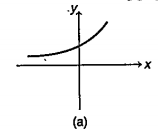 B
B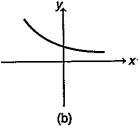 C
C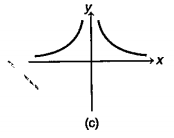 D
D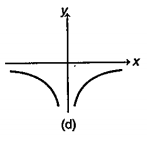
Which of the following graph represents 3s orbital
A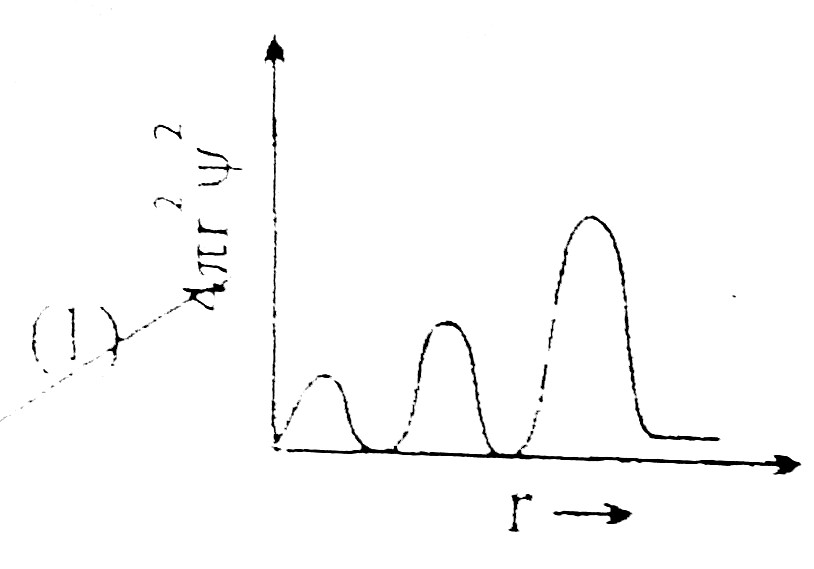 B
B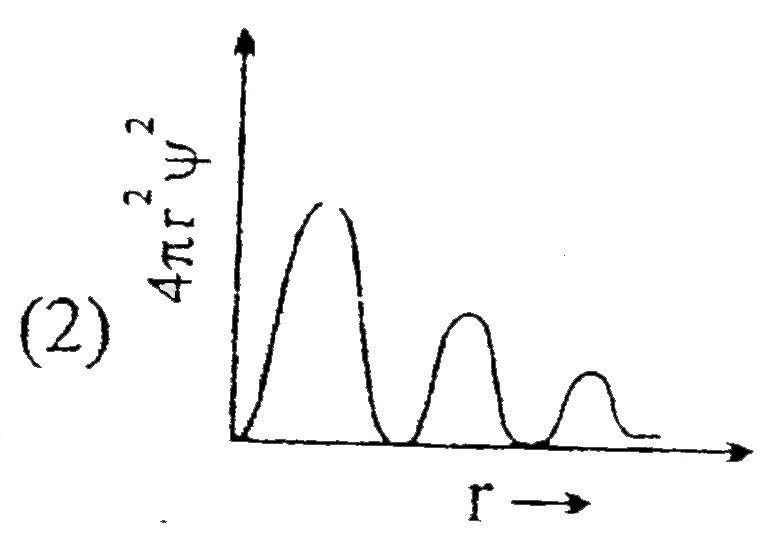 C
C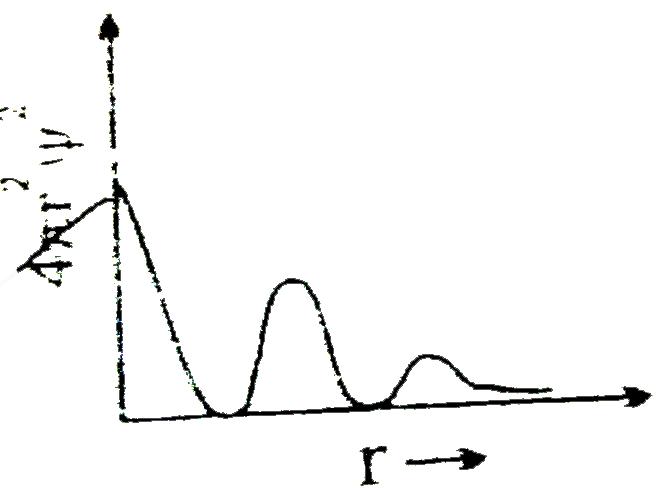 D
D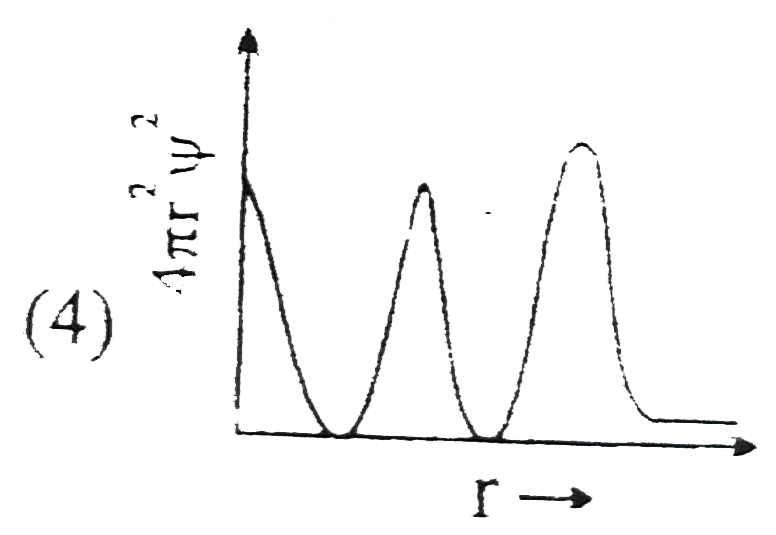
Which of the following graphs represents ohmic resistance?
A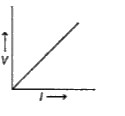 B
B C
C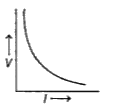 D
D
Which one of the following graphs represents motion?
View SolutionWhich of the following graph represents uniform motion
View SolutionWhich of the following graph represents exothermic reaction ?
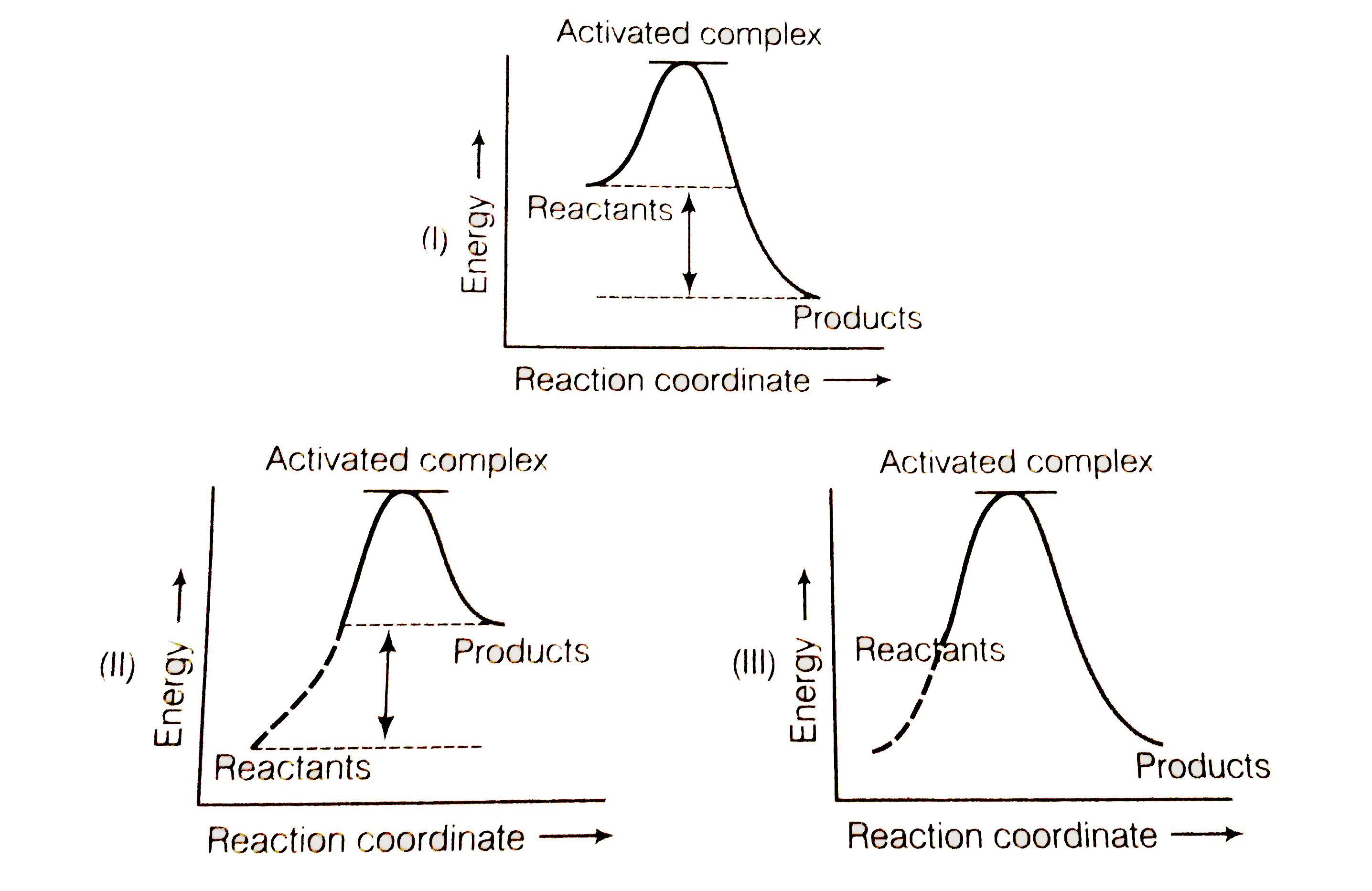
View SolutionWhich of the following graphs represents exothermic reaction?

View SolutionWhich of the following graph represents e−x?
View Solution

